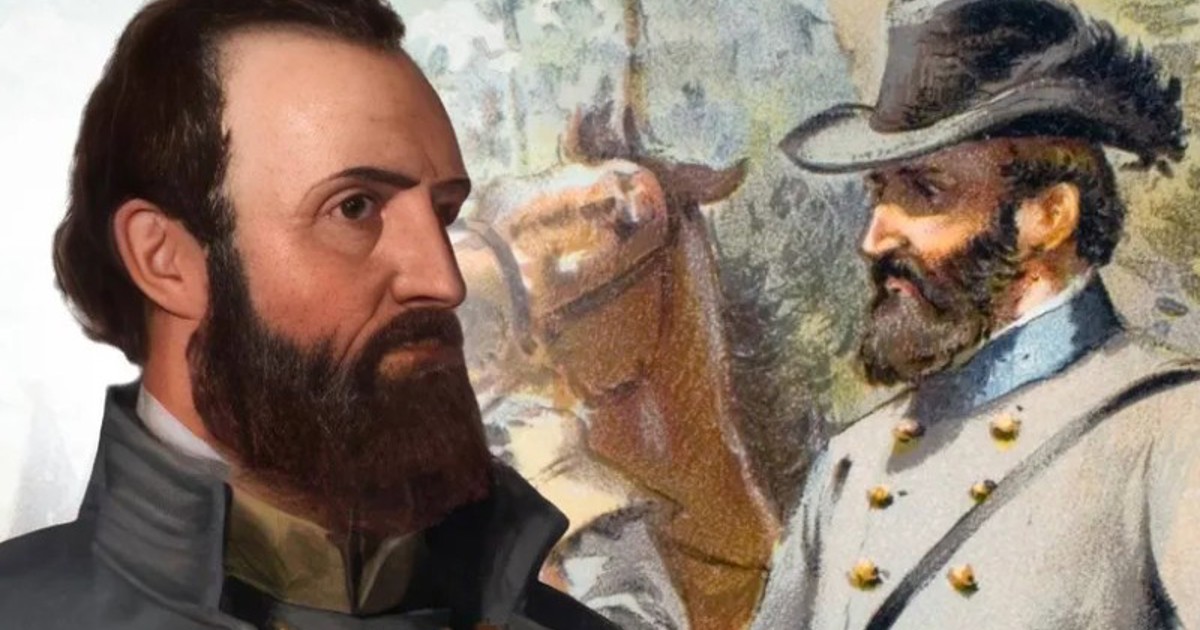Judge Rules School Name Violates Student Free Speech
A federal judge appointed by Barack Obama has ruled that naming a school after Confederate Army General Stonewall Jackson violates students’ free speech. The decision landed without warning for many families and officials who thought the debate was settled. The ruling focuses less on history lessons and more on what a public school name communicates to its students.
The judge’s opinion did not simply condemn a historical figure; it turned on the idea that a school name can be government speech that compels or excludes student expression. That legal framing treats a building’s name as a message from officials, not a neutral label, and it raises immediate questions for other institutions with contested names. For communities across the country this decision is a legal flare signaling more fights ahead.
What This Means For Schools And Communities
Practically, districts will now be forced to weigh legal risk when naming or keeping names that carry racial or political meaning. School boards that once treated nomenclature as symbolic will face hard choices about whether a name effectively silences some students while endorsing an outlook for others. Expect more lawsuits and a new layer of legal counsel for naming decisions.
There is also a public relations ripple effect that’s hard to ignore. Parents and local leaders will find themselves explaining why a school name might make some students feel unwelcome or why it might be read as a government endorsement of a particular viewpoint. Those conversations will not be polite or quick; naming debates tend to pull local history, identity, and generational memory into the same arena.
Legal experts say the ruling could be read narrowly or broadly depending on how appellate courts interpret the First Amendment issue. If applied broadly, it could force many public institutions to reconsider names, mascots, and symbols that not everyone in the community accepts. If read narrowly, the impact might be limited to cases with very specific facts about student expression and institutional endorsement.
School leaders will have to balance community tradition with legal prudence and the practical goal of creating inclusive learning environments. That balancing act is political and emotional as much as it is legal. Boards that move quickly to rename may still face pushback, while those that delay may face costly litigation.
For parents and students, the ruling offers a new lever: the idea that the identity of a school is not just a backstory but a living message that affects day‑to‑day life. Students who felt marginalized by a school name could see this decision as validation that symbols matter. Conversely, defenders of tradition will frame any change as erasing heritage, which keeps the conflict alive.
The broader cultural debate about how to remember the past is not solved by a single court ruling. Courts can set boundaries for what government entities may do without trampling speech rights, but they cannot settle how communities should interpret their own histories. That task still falls to citizens, elected officials, and local institutions wrestling with memory and meaning.
At a minimum, school boards and municipalities should review naming policies and consult constitutional counsel before making decisions that could be seen as endorsing a particular viewpoint. Transparency, community engagement, and clear criteria for naming will help defend choices if they are challenged. This ruling has turned what felt like symbolic debates into pragmatic, legal decisions with real consequences.

